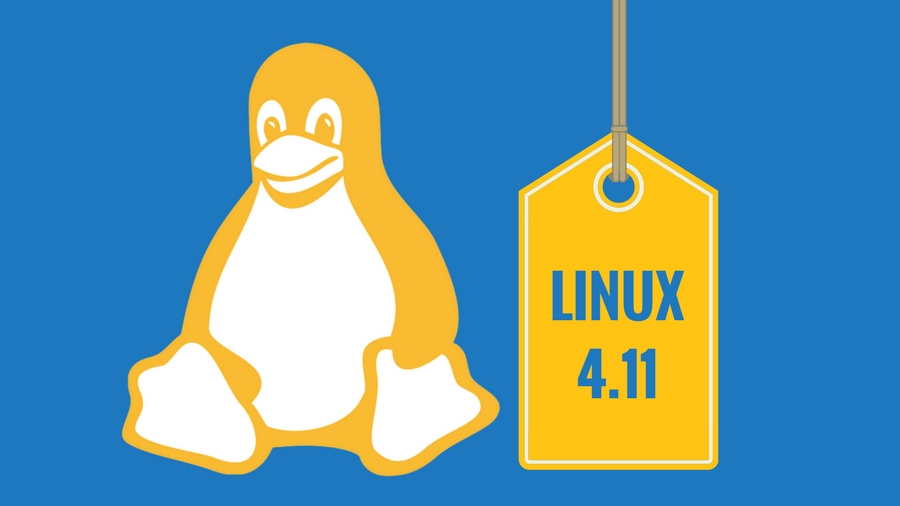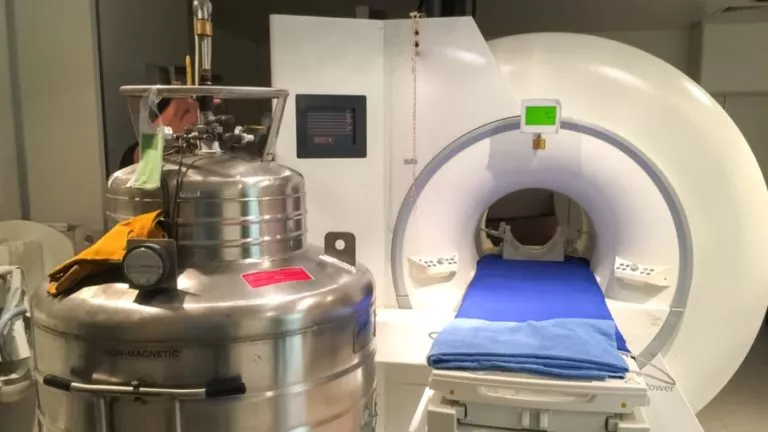Linux Kernel 4.11 Released — Here Are The New Features

Short Bytes: Linux creator Linus Torvalds has officially released Linux kernel 4.11. After eight release candidates, kernel 4.11, codenamed Fearless Coyote, comes with numerous new features and fixes. The major Linux Kernel 4.11 features are scalable SSD swapping, SMC-R support, AMDGPU power management improvement, Turbo Max 3.0 improvements, new perf ftrace tool, etc.
After taking an extra week with the Release Candidate 8, Linus Torvalds finally released the Linux kernel 4.11. In the release announcement, he wrote that he’s pretty happy releasing a final 4.11.Linux kernel 4.11 release is a mix of different things. The majority of new code is dominated by drivers (networking and sound). The rest of the code includes Arch updates, generic networking, and filesystem fixes. “But it’s all really small, which is what I like to see the last week of the release cycle,” Torvalds added.
So, what are the biggest Linux kernel 4.11 features and changes? Let’s tell you about them in brief. You can read about these features in detail on Phoronix and Kernel Newbies. (Read our kernel 4.10 feature coverage here).
Recommended: Linux Lexicon — How Does Linux Kernel Work?
Linux kernel 4.11 features and changes
Graphics changes
Linux kernel 4.11 release brings more maturity to AMDGPU power management. It’s also faster for RADV Vulkan. Intel DRM driver is now capable of handling DisplayPort MST audio. Intel has also enabled frame-buffer compression by default for Skylake and newer hardware. TinyDRM has also been merged.
Initial Gemini Lake support
Linux kernel 4.11 also introduced the initial support for Intel’s Gemini Lake chips.
Scalable swapping for solid state drives
For making the swapping of solid state disks easier and more scalable, Linux kernel 4.11 is here with new changes.
Support for SMC-R protocol
Kernel 4.11 brings initial part of the “Shared Memory Communications-RDMA” (SMC-R) protocol implementation. For those who don’t know, SMC-R is an IBM invention that lets VMs share memory and fasten the communications.
Intel Turbo Boost Max 3.0 support improved
Thanks to the improvements made in Intel Turbo Boost Max 3.0 support, more number of users can take advantage of this feature on their systems and make better use of the CPU cores.
Support for Pluggable IO schedulers in multiqueue block layer
Linux kernel 3.13 release added a new multi-queue design to the Linux block layer for better performance with newer hardware. Linux kernel 4.11 release adds the support for pluggable IO schedulers.
New perf ftrace tool
The addition of perf ftrace tool is a noticeable Linux kernel 4.11 feature. This new tool intends to become the simple perf front-end for the already present ftrace interface.
Other hardware changes in Linux 4.11
The other Linux 4.11 features and changes are support for OPAL self-encrypting disk drive standard, optimizations for different filesystems, some new F2FS functionality, new Raspberry Pi drives, better TPM2 support, MD RAID optimizations, etc.
As mentioned above, you can read about these Linux kernel 4.11 features and changes on Phoronix and Kernel Newbies. You can grab the kernel 4.11 tarball from kernel.org.
Linux kernel 4.12 merge window open
It goes without saying that the Linux kernel 4.12 merge window is now open. “I already have two pull request for 4.12 in my inbox, I expect that overnight I’ll get a lot more,” Torvalds wrote in the announcement.
Did you find the new Linux kernel 4.11 features and changes interesting? Don’t forget to share your views with us.
Also Read: How To Upgrade Linux Kernel In Ubuntu And Linux Mint Easily With Ukuu







